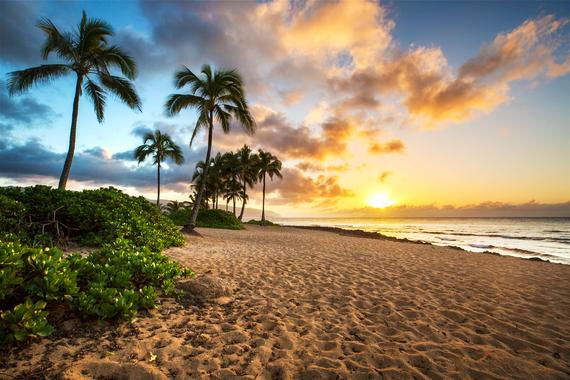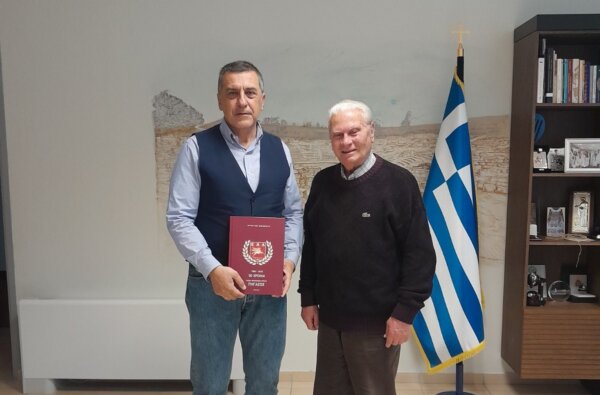An array of plastic crunched underfoot as Mattie Mae Larson walked down Kamilo Beach. Toothbrushes, a plastic broom, a leaking bottle, the back of a TV.
Larson used to come to this remote stretch of Hawaiian sand as a child to climb 10ft-high mountains of debris, searching for treasures.
“As kids, we called it plastic beach,” she recalls. But today she’s back with a different mission.
Kamilo Beach, located on the south-eastern tip of Hawaii’s Big Island, has been dubbed one of the most plastic-polluted spots on the planet. On a bright day last summer, Larson and fellow members of the Hawaii Wildlife Fund (HWF), a team of conservation volunteers, collected 1,400lb of it.
Hawaii has long evoked images of a remote Pacific paradise, a land of pristine beaches and extraordinary biodiversity. But its unique location has forced the islands to reckon with an unwelcome guest: plastic debris washing up in vast quantities, sullying its waters and threatening its marine life. A 2019 study published in the journal Proceedings of the National Academy of Sciences found that Hawaiian fish begin eating plastic particles just days after being born.
Read more here
- Πηγή: the guardian
- Ετικέτες: beach, Hawaii, paradise




